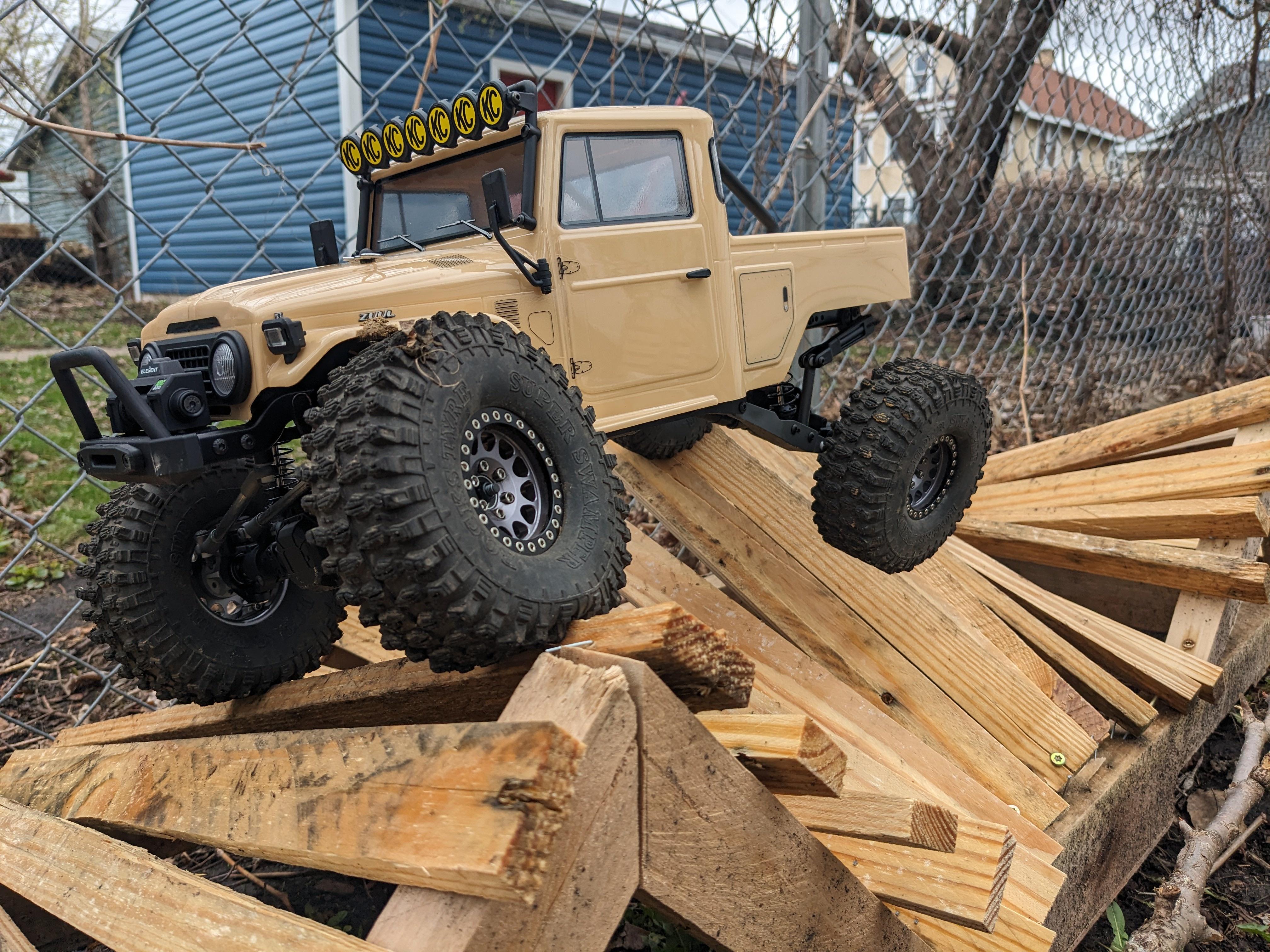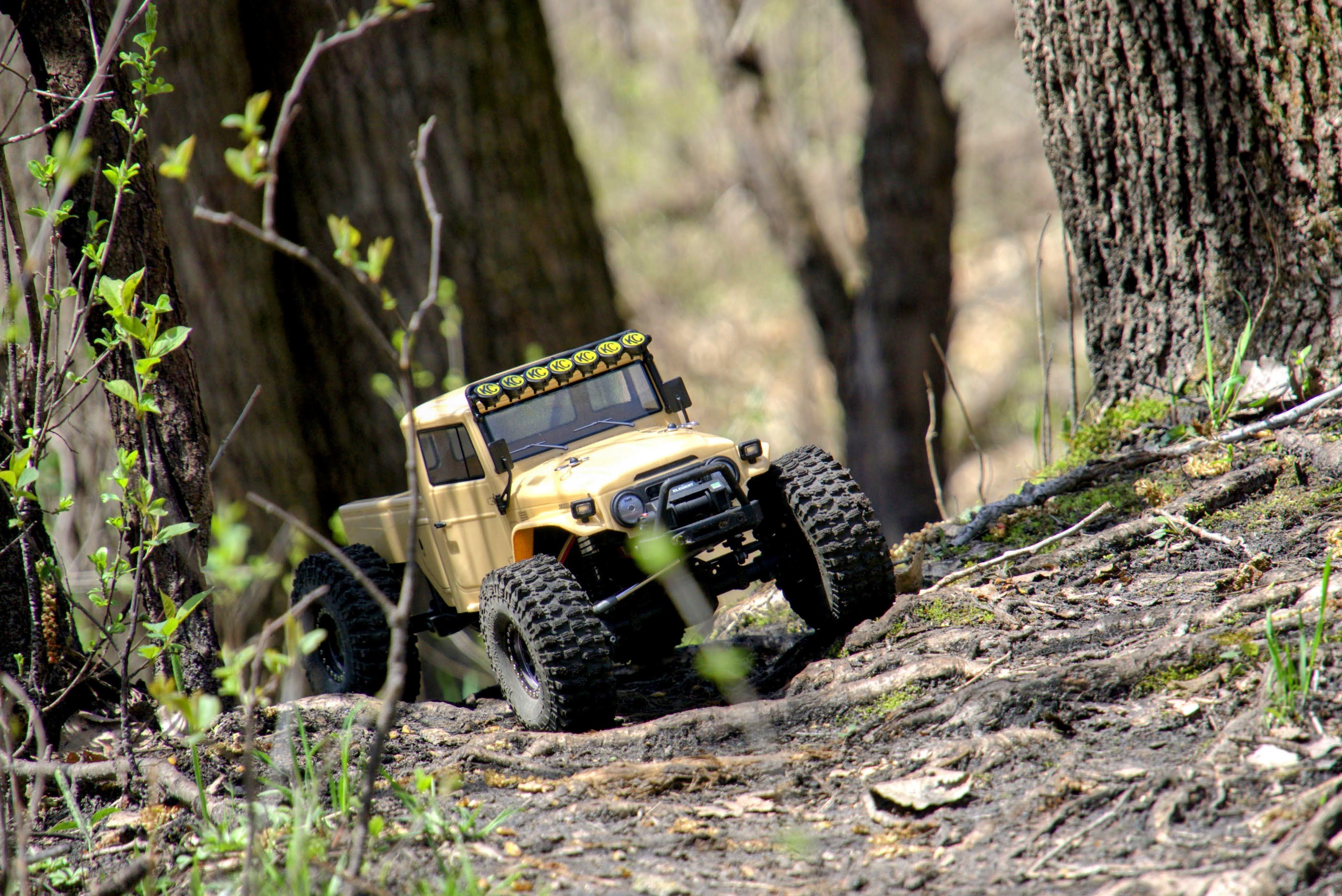Shadows
Very Active Member
- Messages
- 428
- Reaction score
- 1,052
- Arrma RC's
- Kraton EXB
- Senton 6s
Definitely a more serious rig than the trail one I did. Awesome articulation. Quite a section you built.Received all the parts I needed to get the TRX4 up and running today!







